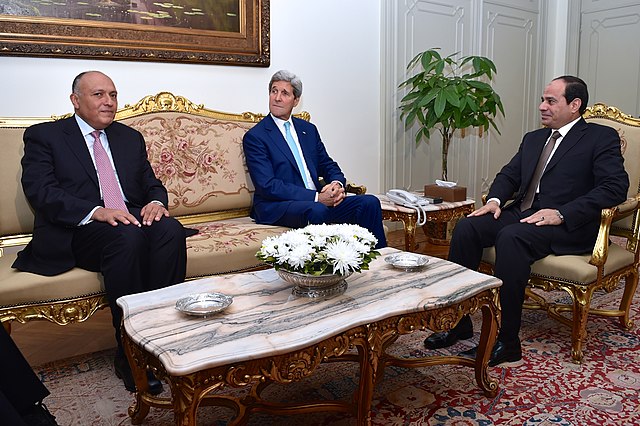On Thursday, March 14, Israeli Prime Minister Benjamin Netanyahu said that the ceasefire proposal Hamas provided to international mediators was “unrealistic.” Hamas’ proposal outlined a ceasefire and captive-for-prisoner exchange in three phases, each lasting 42 days.
While the later phases of Hamas’ original proposal included a permanent ceasefire agreement and the initiation of a reconstruction process, later reporting cites that the group “dropped a demand for a permanent ceasefire and has said it will accept a 40-day initial pause in hostilities.”
Regional sources report on the negotiations:
According to the Jerusalem Post, in Hamas’ original ceasefire proposal, “Israeli women, children, elderly, and ill hostages would be exchanged for the release of 700-1000 Palestinian prisoners…. The deal outlined is expected to be done in stages. A deadline for an Israeli withdrawal from Gaza would be agreed upon after the first stage… All detainees from both sides would be released in the second stage of the plan.” This plan would return Gaza’s displaced persons and provide aid to the population.
The office of Israeli Prime Minister Benjamin Netanyahu responded with statements that the group “is continuing to hold unrealistic demands,” as quoted in Al-Arabiya. A Hamas official specified that “Egypt and Qatar, along with the United States, are responsible for following up and ensuring the implementation of the agreement.”
Arab News reported that “the mediators felt positive about Hamas’ new proposal. Some in Israel felt the group made some improvement on its previous position and it is now in the hands of Netanyahu alone to say whether an agreement is imminent,” according to an anonymous Palestinian official. The outlet described the situation in Gaza as “increasingly dire,” with aid deliveries being transported via air and sea due to Israeli restrictions on land routes.
Hamas’ new offer “shows the group has softened on that position and is now willing to accept an initial temporary ceasefire during which further talks would be held to extend the truce, perhaps into something permanent.” Sky News Arabia noted that “this new position is aligned with the other parties in the mediation process and notably comes after Hamas officials met with Hezbollah leaders in Lebanon earlier in the week. Qatar is said to be leaning heavily on Hamas too.”
The Times of Israel explained that this week “Israel’s negotiating team led by Mossad director David Barnea arrives in Qatar for indirect talks about a temporary truce in Gaza and a hostage release.” A senior diplomatic official stated that “the talks will take two weeks at least and will be conducted with [Hamas Gaza leader Yahya] Sinwar in the tunnels, not with the mediators… So every change to the framework will take 24-36 hours.”
This Wednesday and Thursday, U.S. Secretary of State Antony Blinken will travel to Jeddah, Saudi Arabia and Cairo, Egypt to “discuss facilitating a Gaza ceasefire, releasing all captives, and intensifying global efforts to boost humanitarian aid.” Al-Ahram relayed that Blinken will also evaluate “coordination on post-conflict planning for Gaza, including ensuring Hamas can no longer govern or repeat the attacks of 7 October,” as well as a “political path for the Palestinian people with security assurances with Israel, and an architecture for lasting peace and security in the region.”
